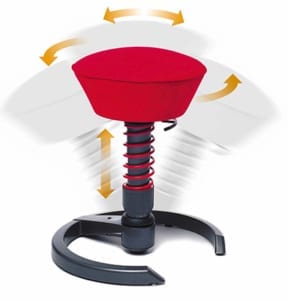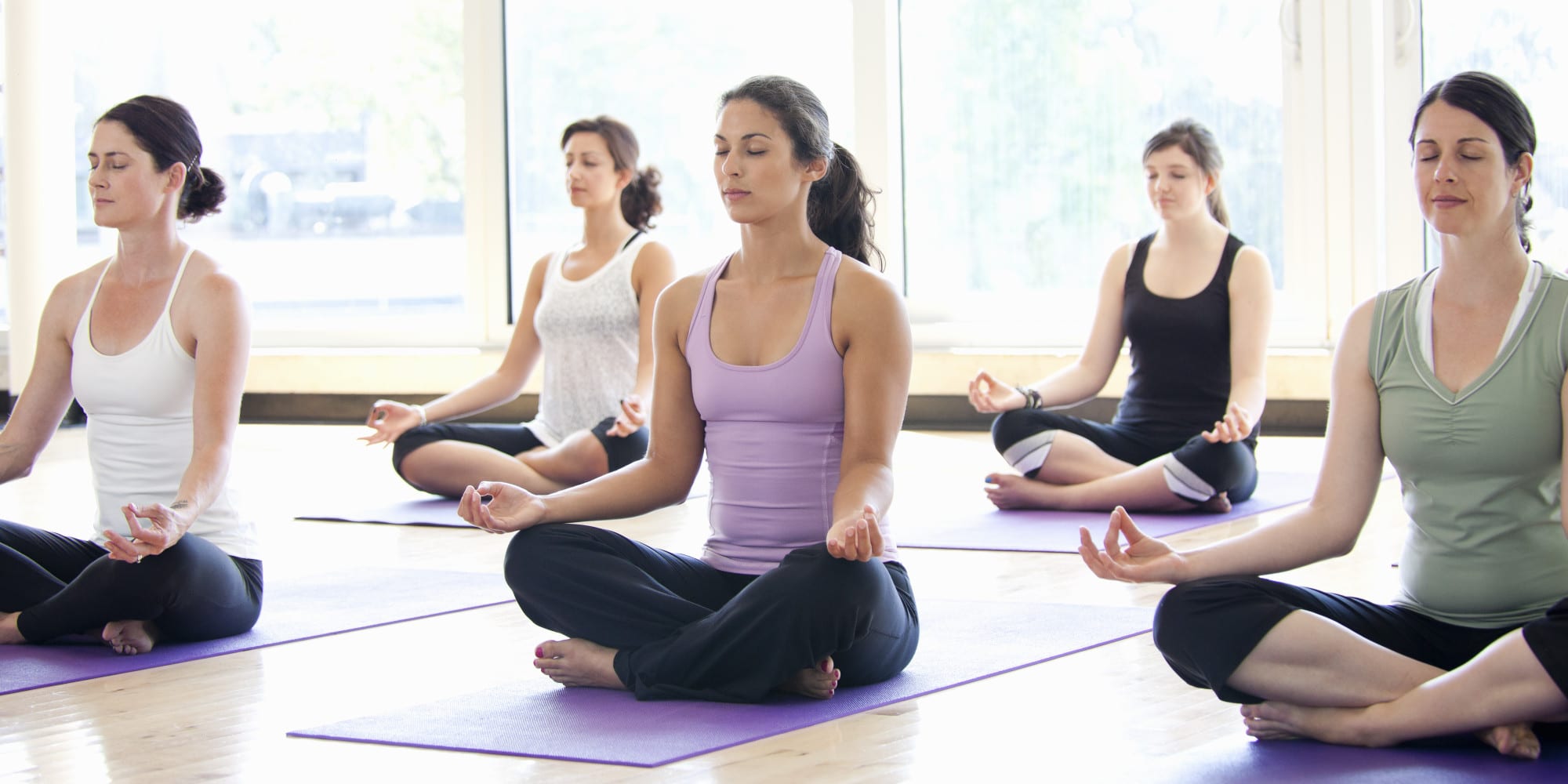
‘take more exercise’ is our favourite New Year’s Resolution!
As 2019 hurtles towards us I thought it might be a useful time for some salutary words about New Year’s Resolutions. I know. You haven’t even put up the decorations yet! But this save you some time, effort and hopefully a whole lot of guilt!
According to a Comm Res poll, ‘take more exercise’ is our favourite New Year’s Resolution. With 38% of us setting this as a goal. Followed by ‘lose weight’ (33 percent) and ‘eat more healthily’ (32 percent). But from my experience in clinic, this is just the tip of the iceberg when it comes to setting physical goals.
I see patients spending hours in the gym trying to get the perfect shaped backside or six pack. And highly stressed professionals self-medicating with excessive exercise. They cycle or run to work, put in a full and often stressful day, and then cycle or run home. They sign up to increasingly testing challenges – running further and in more and more difficult conditions or trekking and climbing all over the world.
But if the goal is unrealistic or the lifestyle unsustainable then I’m afraid to say that the chances of something physically ‘giving way’ eventually is high.
So, before you decide on a 2019 resolution to emulate the figure or physique of your favourite Instagrammer (thank goodness for growing up pre social media!) or take to Facebook to broadcast how many kilos you plan to shift (or lift!) by the end of the year, take a moment to consider whether some ‘alternative’ resolutions might be called for.
I’m not saying that we shouldn’t aspire to move more and eat more healthily but, from a professional perspective, these are some resolutions I’d recommend incorporating:
Positive Mental Attitude
We all do it – even if we’ve ticked 20 items off our ‘to do’ list we focus on the tasks that remain outstanding. And it’s often the things that went wrong that stay with us rather than our numerous accomplishments. Which can lead to a rather negative mindset. To switch this thinking up, take a moment at the end of each day to write down three things that have gone well. .
Be kind to others
“If you want others to be happy, practice compassion,” says the Dalai Lama. And kindness towards others leads to enhanced well-being. For inspiration, the Random Acts of Kindness Foundation has a list of kindness ideas to get you started.
Be mindful
I’ve blogged about this before. Mindfulness is simply about paying more attention to the present moment – to your own thoughts and feelings, and to the world around you. Something that’s easy to overlook in our fast-paced lives with so many calls on our time and distractions – particularly electronic ones. But mindfulness can have huge benefits for both physical and mental wellbeing.
For those of you planning to embark on more exercise in the New Year, why not consider a New Year appointment to iron out any niggles that might affect your success?







